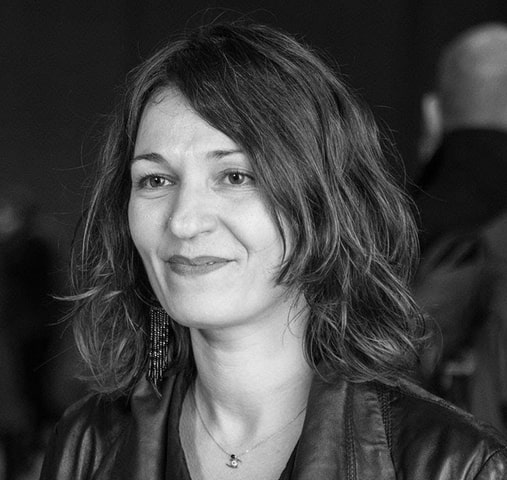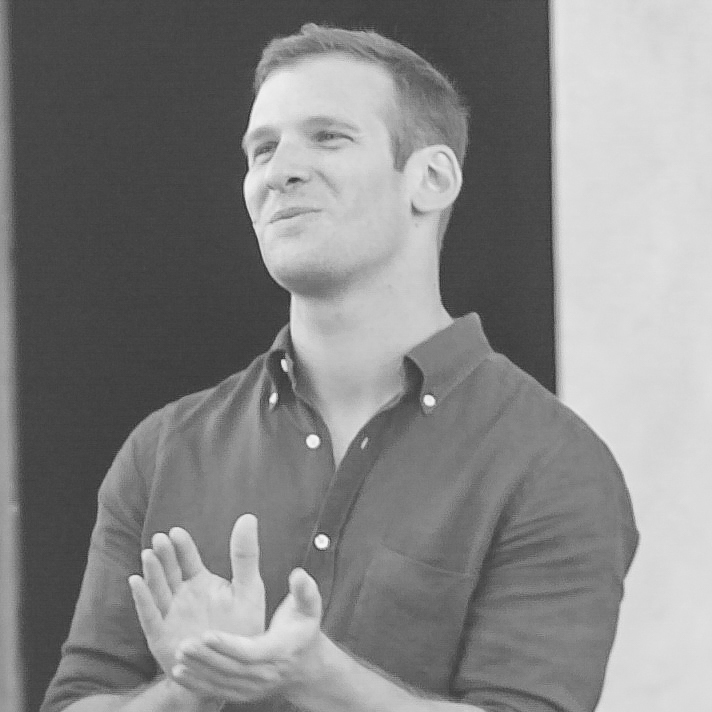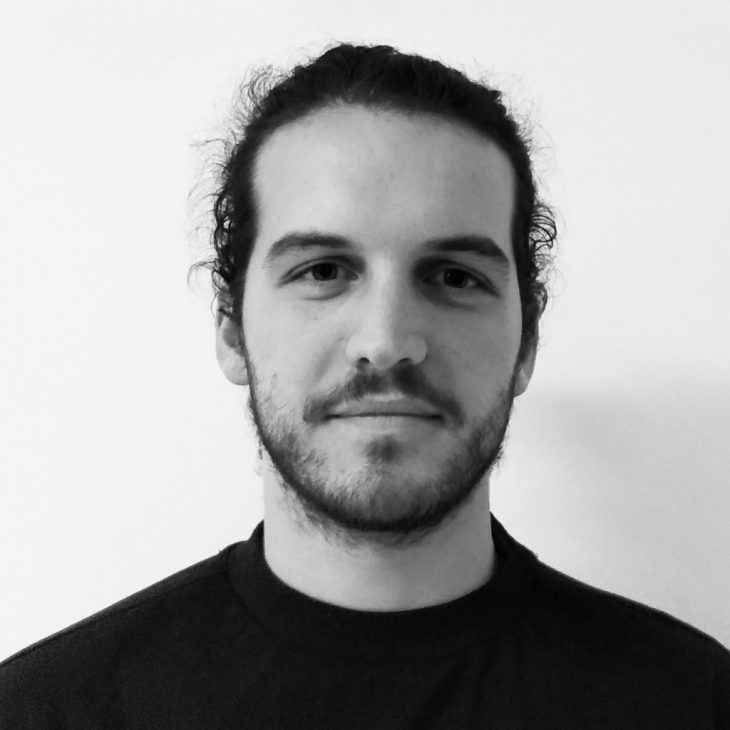Master in City & Technology 2019/20 – Term III
Studio Name: The Internet of Buildings
Total Hours: 40 hours
Faculty: Areti Markopoulou, Alex Mademochoritis
Technical Support: Iacopo Neri, Cristian Rizzuti
Context & Agenda
Most of the world’s cities undergo a fast-paced transformation while artificial intelligence, ubiquitous computing and the Internet of Things are paving the way for a new scenario of interconnected cities. Most of the strategies around the mainstream idea of “Smarter Cities” base their operation on the potential of the Internet of Things while it is predicted that by 2025 we will have more than 7 billion interconnected devices in our urban environments continuously monitoring, sensing and actuating on demand. Following data collected from billions of interconnected objects, different disciplines come together in order to shape the way that the era of Big Data will alter the urban environment and its relationship to society.
What if, though, instead of a network of interconnected miniaturized computers we push forward for an applied vision of a network of interconnected buildings?
Internet of Buildings is a design-based research project whose goal is to explore new typologies of buildings, designed and built to perform a series of hyperconnected operations (performances/behaviors) contributing to the creation of a novel urban infrastructure in current and future cities. As urban technologists, designers and planners we need to ask more from architectural performance. The network of Internet of Buildings transform existing buildings from static, emitting and consuming infrastructure to performative, self-sufficient and interconnected nodes in a distributed, digital network of communication for the exchange of data, energy, goods, and resources.
Furthermore, the development of communication protocols between buildings allows us to tackle pressing urban issues, such as air pollution, the urban heat-island effect, transportation of goods, resource insufficiency, housing crisis, material deterioration, environmental emergencies, and others. The Responsive buildings that are able to perform these tasks are digitally and physically interconnected among them to tune their performance based on real-time data, creating, therefore, a new distributed urban infrastructure in the city.
The final outcome of the Studio includes urban analytics, design of new generative and parametric buildings typologies, as well as the creation of a physical urban simulator in the case study of 28 urban blocks in the area of Sant Marti.
The physical interactive model could be used as a tool for informed urban design, decision making, raising awareness or participatory design with citizens.
Learning Objectives
During the studio, students will be asked to create their own visions of the Internet of Buildings by
Conducting an investigation of:
- Barcelona’s Morphology
- Different typologies of Barcelona’s buildings
- State-of-the-art technologies
- Barcelona’s building typologies related to a technology, service/infrastructure/materials/program.
Collecting data on the scale of:
- A district
- A neighborhood
- A building
Designing the:
- Systems and Flows of Communication of the overall network of buildings
- New Building typologies based on the type of communication-actions that would define specific buildings
- The Final Vision of Barcelona
- Simulating the exchange of information on an interactive digital platform
Studio Support
Parallel to the studio, students will receive support on Computational Design, Cartography and Coding, during which they will develop all the necessary skills to compute and visualize the exchange of data/information between buildings.
Faculty

Areti Markopoulou is a Greek architect, researcher and urban technologist working at the intersection between architecture and digital technologies. She is the Academic Director at IAAC in Barcelona, where she also leads the Advanced Architecture Group, a multidisciplinary research group exploring how design and science can positively impact and transform the present and future of our built spaces, the way we live and interact. Her research and practice seeks to redefine architecture as a performative “body” beyond traditional notions of static materiality, approximate data, or standardized manufacturing.
Areti is founder and principal of the multidisciplinary practice Design Dynamics Studio, and co-editor of Urban Next, a global network focused on rethinking architecture through the contemporary urban milieu. She is the project coordinator of a number of European Research funded Projects on topics including urban regeneration through technologies and multidisciplinary educational models in the digital age.

Alex Mademochoritis is a Greek-French urban technologist. He is the coordinator of the Master in City & Technology and the Global Architecture and Design programs in the Insitute for Advanced Architecture of Catalonia (IAAC). His research and academic interests include the development and application of urban technologies and big data, in relation to their potentials in transforming urban environments into responsive, human-centered, ecological and intelligent cities.

Iacopo Neri’s research lies at the intersection between architecture, computer science and urban planning. He holds a Master of Science in Architecture with Distinction at The Polytechnic University of Milan, and attended a Master in City and Technology at the Institute for Advanced Architecture of Catalonia (IaaC, Spain) after presenting a paper about Swarm Intelligences for crowd-based analysis during the Responsive Cities Symposium (2017, Barcelona). He has been involved as a teaching assistant since 2015 at the University of Florence, later, at The Polytechnic University of Milan, and finally at IAAC where he is currently part of the City and Technology computational research team. He also works as a computational designer at External Reference Architecture Bureau, Barcelona.
